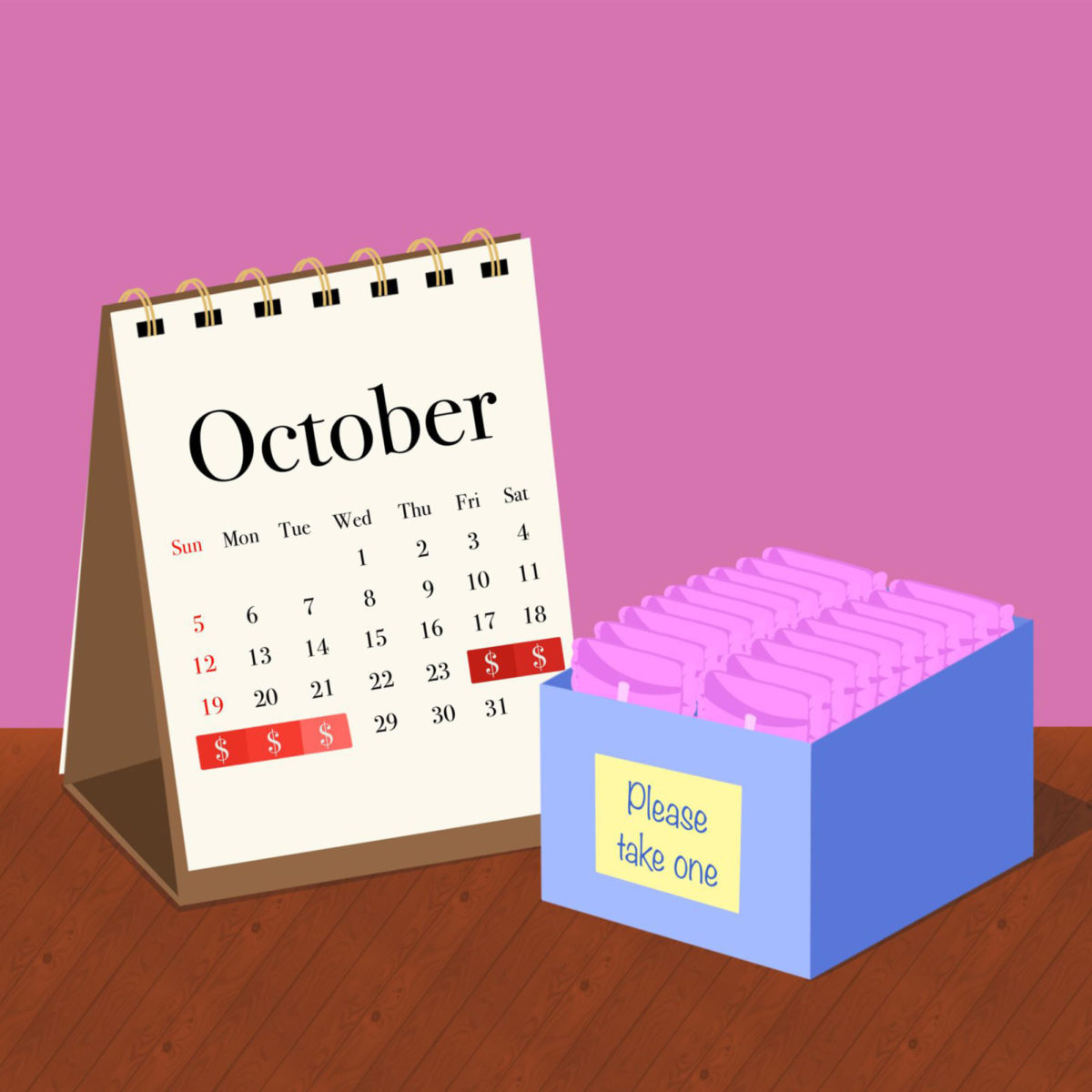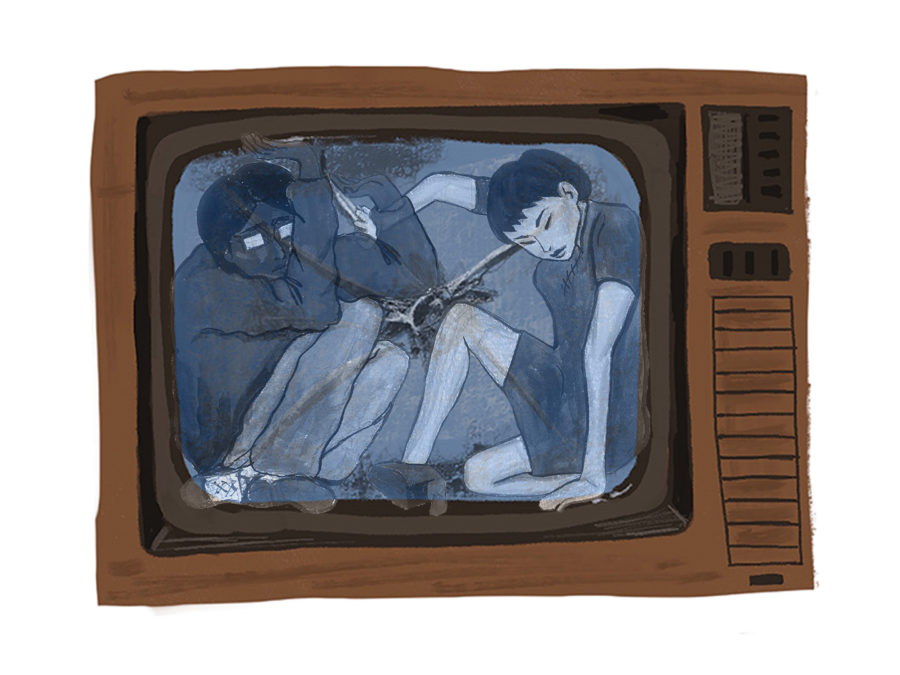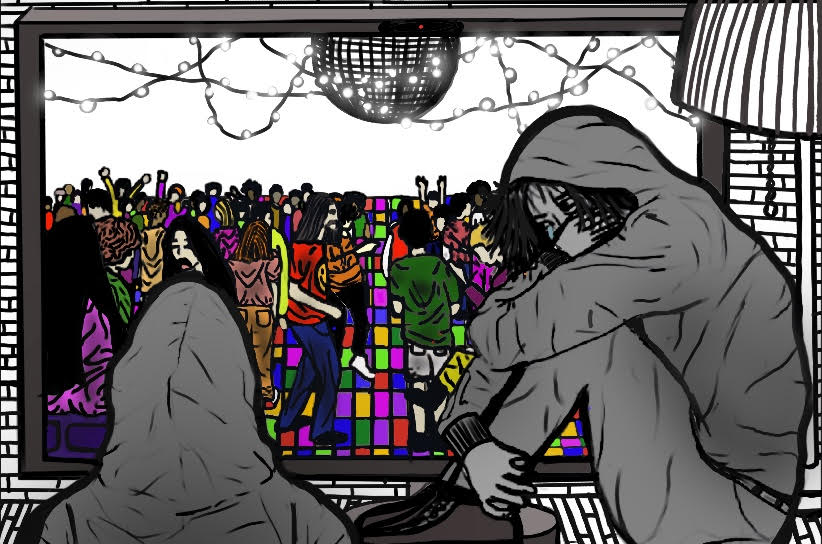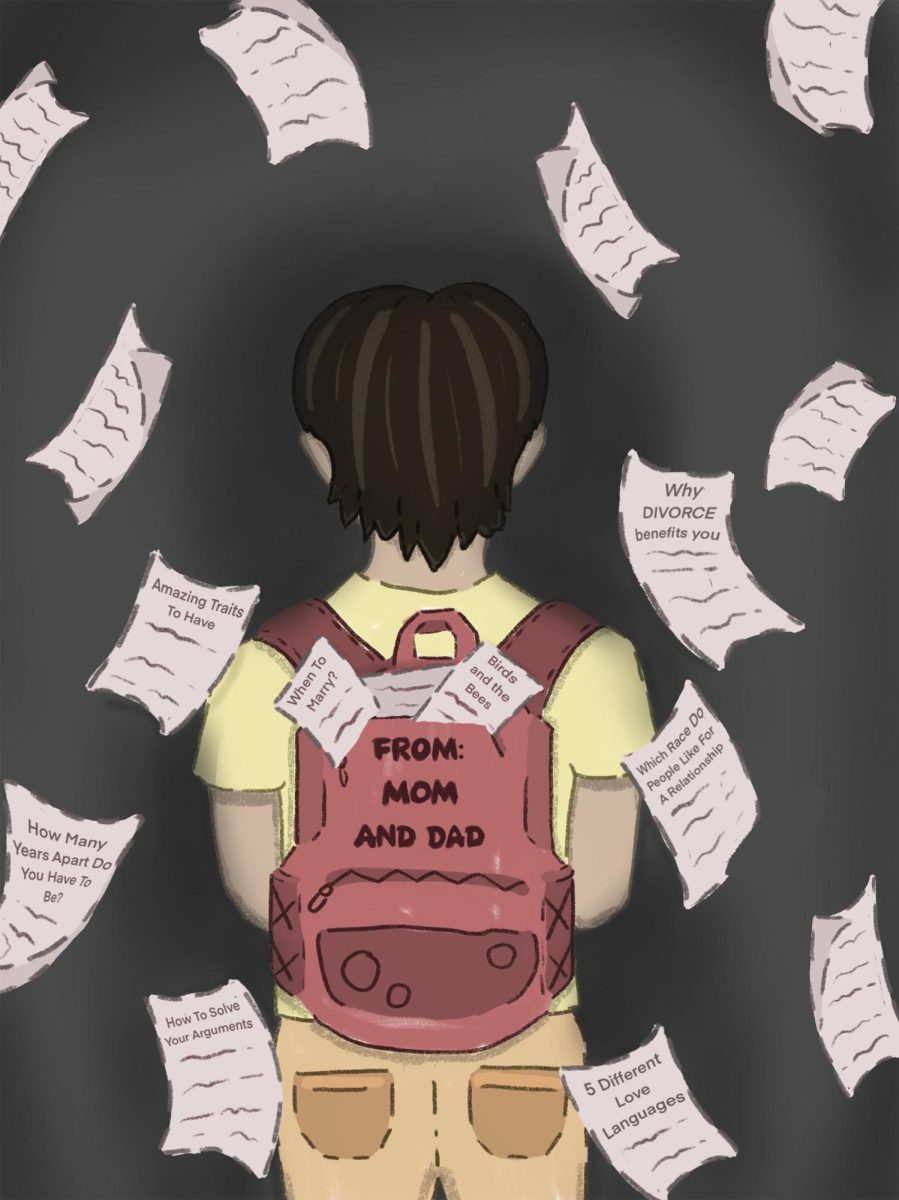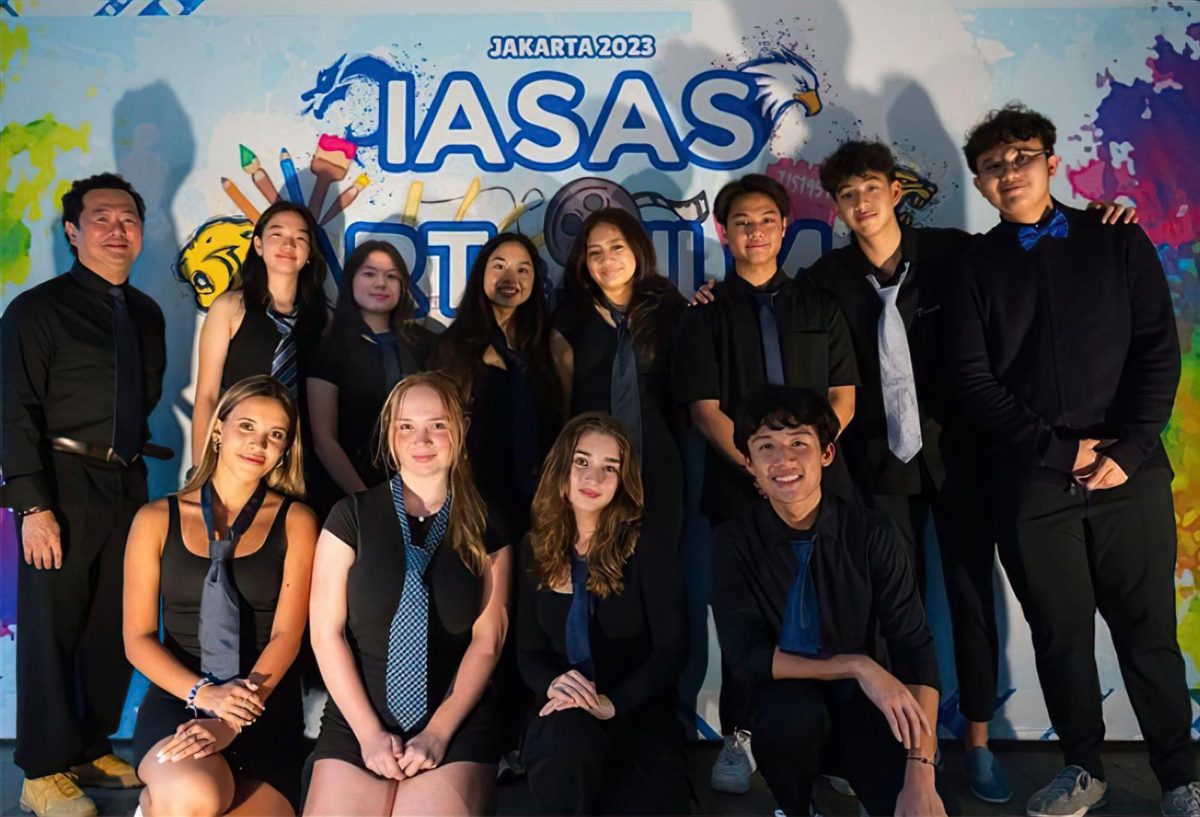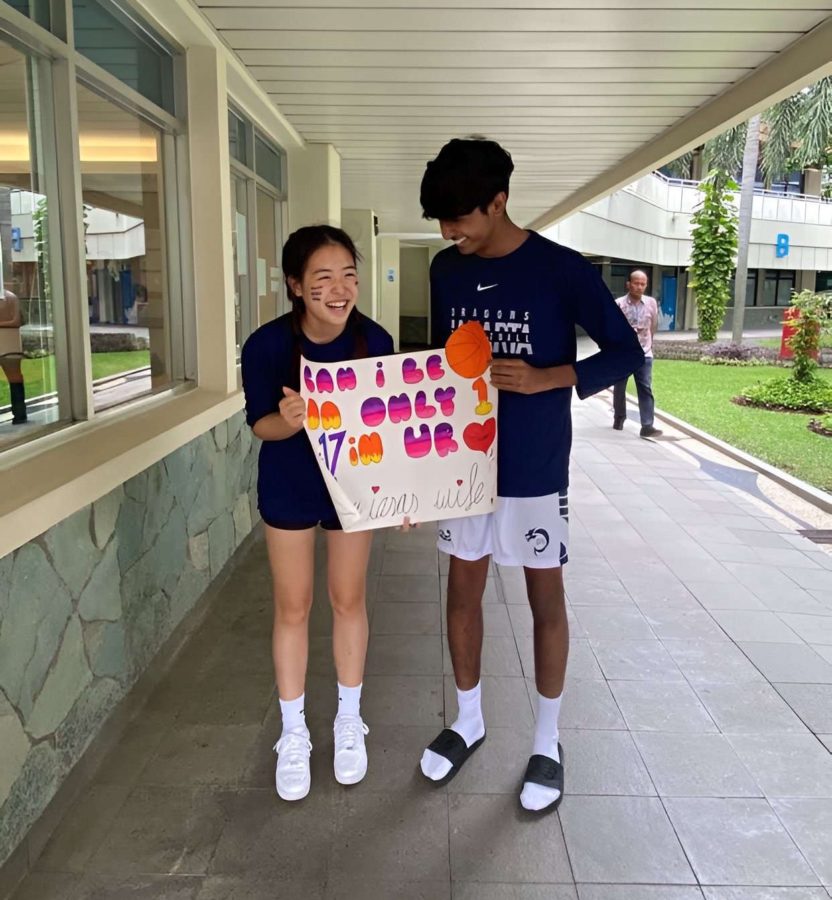Whether you’ve recently moved to Jakarta or have lived here your entire life, hearing people speak Bahasa Indonesia may seem intimidating. After all, words often uttered rapid fire in continuous and seemingly unnecessary abbreviations may leave you questioning whether there is an actual structure to the language!
Not only that, many of the phrases you may encounter in everyday situations may not be formally taught by your tutor or teacher, perhaps leaving you even more confused.
Here are a few tips and tricks that you may find helpful to know and use in daily conversation. Hopefully, learning about their meaning and usage will help you become more confident in your Bahasa Indonesia skills.
Kemarin and Besok
The literal English translations of kemarin and besok are yesterday and tomorrow, respectively. However, when used in everyday conversation, they do not necessarily connote rigid, 24-hour time periods—instead, kemarin loosely refers to any moment in the past, while besok denotes any time in the future.
Outside of school, do not expect these words to be used in the same context as they would be in English. However, instead of viewing these unique perks as inconvenient, consider using them to your own benefit, with the excuse of locality allowing for added flexibility to avoid strict time commitments.
For instance, if your teacher asks for the last time you did your homework, you could use kemarin; if a disgruntled sibling wonders when you finally will leave the house on time, you could use besok!
Boleh versus Bisa
Now, here’s a tricky one that even confuses native speakers. Although both boleh and bisa have the same technical English translation of “can”, they are not interchangeable in everyday conversation: boleh is typically used when asking or granting permission from or to others, while bisa is used to clarify whether or not you have the physical or mental ability to fulfill a certain task.
For instance, when asking your classmate if you could borrow a pencil, you would use boleh; when wondering if you, a novice player, could make it onto the varsity team, you would use bisa.
Tone-Implying Sounds
In English, the attitude or feelings of a speaker can commonly be inferred and interpreted through the tone of their words. Although this is similarly the case in Bahasa Indonesia, locals typically prefer to convey their mood through tone-implying sounds: informal strings of letters that act as “add-ons” at the start or end of a sentence or phrase.
You may have heard them used in previous conversations and wonder about their meaning. Guess what? They don’t have any! They are simply used to indicate the current mood or attitude of the speaker.
The table below lists a few common examples of such, along with the underlying emotions that they imply:
Note: The examples above may have multiple interpretations and are not limited to these general categories. They are relatively subjective and should be contextualized in every conversation. For instance, sih can be interpreted as emotional, and kan as annoyed.
Hopefully, these tips and tricks will help you feel more confident in your Bahasa Indonesia skills. Remember, practice makes progress—make an effort to continually converse with native speakers to learn more about the language and all of its unique perks!









